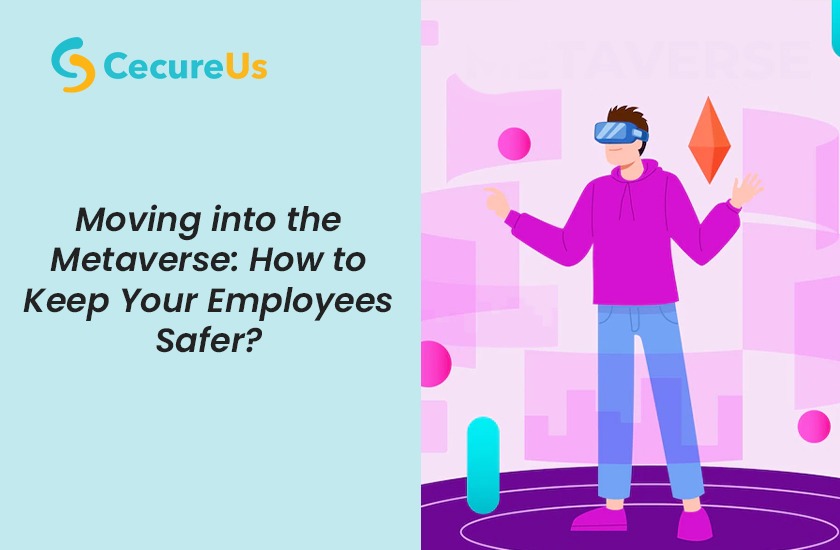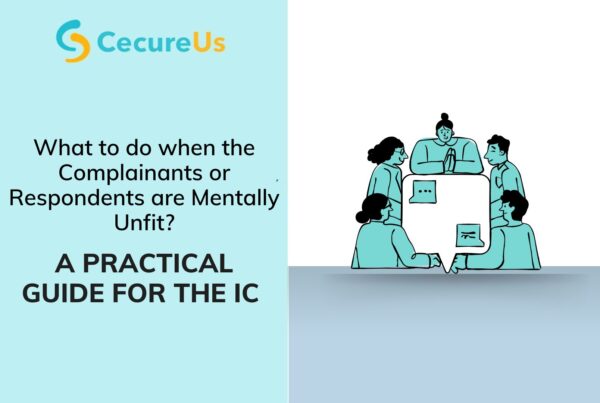
To some, the metaverse is simply putting on some kind of AR/VR/XR device and using that technology to change the world around them. A sort of hybrid space where the real world and digital space collide and co-exist.
However, the Metaverse represents a highly interactive three-dimensional virtual world. Like the real world, users can?trade land, buildings, and other digital assets and explore the space using their personalized avatars. This concept focusses on allowing people to do anything they can do in real life like going to a work meeting, hanging out with friends, shopping, concerts, performances, and even sightseeing.
As the metaverse concept is starting to incorporate Web3 technology enabled through blockchain technology,?the future metaverse would be something very similar to our real world in many aspects and even replace some real-world activities.
For example, Hyundai Motor Company debuted?Hyundai Mobility Adventure, a metaverse experience on gaming platform Roblox. Gamers’ avatars can experience Hyundai future mobility projects and current products.
Accenture?s platform, called the Nth floor, was built on Microsoft?s Mesh application, a mixed reality platform that allowed individuals to present ?shared experiences? from various devices. Nth floor was being used by the company to conduct training sessions, share presentations and even for socializing.
Incluzon, a Mumbai-based skilling and hiring platform, has been looking to bring its hiring process to the Metaverse.
Some companies like VR Vision, have been developing full-scale digital training simulations using virtual reality. This often involves going on-site and taking photos and videos of real-world training processes and then turning those into 3D virtual worlds or digital twins.
Here are some benefits that organizations can take advantage of by using this technology:
- Eliminating Risk: Re-creating digital environments to produce digital twins allows for zero risk of injury during training. This also allows to simulate hazardous or dangerous environments.
- Standardizing/Supplementing Training: Optimizing learning outcomes with full knowledge transfer in order to train more people faster, and digitally.
- Increasing Knowledge Retention: Training can be replayed in an immersive environment as many times as needed without added cost. Allows for faster learning through exposure and the ability to record training for post-learning assessment.
- Cutting Costs / Increasing ROI:?With digital twins, there can be a significant reduction in overhead costs, travel expenses, environmental footprint, lower insurance premiums, and overall save on space requirements by giving trainees the ability to learn from anywhere.
If an organization is looking for soft-skill-based training, using 360 video and virtual reality can work very well for re-creating specific real-world situations. VR combined with the immersive nature of the metaverse has brought learning experiences to a whole new quantitative level. The metaverse is knocking down boundaries as a user can put on a headset and be connected with anyone irrespective of their location. And with seamless translations, the barrier of linguistics can also be negated.
Sexual Harassment and Discrimination in the Metaverse:
As Meta (formerly Facebook) expands access to its virtual reality (VR) platform, disturbing accounts of women being sexually assaulted and harassed in its metaverse are increasing tremendously.
Immersive, haptic technologies (that is, relating to or based on the?sense of touch) make the experiences of sexual assault in the metaverse intense and traumatizing as they feel like physical experiences.
The?panoramic view, audio and even touch simulation provided by the VR headsets and handheld controls create a multisensory experience, blurring the line between the virtual and the physical worlds.
A vice-president of research for a metaverse company claims she was groped by a group of male avatars within 60 seconds of joining, and a researcher of a global non-profit organization who joined the VR platform to study users’ behaviour, was sexually assaulted within an hour by another user while others watched. Thus, Facebook’s metaverse has been dubbed as “another cesspool of toxic content.”
Sexual Harassment Prevention Training in the Metaverse:
VR sexual harassment and discrimination training might be the next frontier in the metaverse. Some companies have been working to bring harassment prevention training into the present, fusing seminars with virtual reality.
VR learners felt 275% more confident in applying learned skills after training, as well as 3.75 times more emotionally connected to the content when compared to classroom-based learning.
In traditional prevention training seminars, it can be hard to keep the attention of a group while going through slides or videos. Even as many prevention trainings are conducted using e-learning software, people often quickly click through, retaining little of the information. But applying VR to prevention training demands the attention of the user, better teaching skills such as bystander prevention and how to properly report incidents that happen.
VR prevention training also helps users ?get an understanding of how it might be in another person’s shoes,? said Jocelyn Tan, co-founder of training company Sisu VR. Sisu VR?s training programs put users in the positions of either “victim,” “offender” or “observer,” and have them go through simulations of harassment, discrimination and bullying. The training sessions last roughly two hours, breaking up VR experiences into 15-minute periods.
The most important advantage [of VR training] is being able to practice making empathy-driven decisions as you’re undergoing the simulations.
Safety of users in the Future World of the Metaverse:
Using the metaverse as a replacement for the traditional web is an interesting prospect. However, it is still in its beginning stages and faces several obstacles. Safeguarding the metaverse is essential; otherwise, it might become a chamber for the worst parts of online behaviour.
There are several challenges that have evolved in virtual worlds as the metaverse evolves and matures. Thus, companies need to learn from their errors and develop a safe and secure metaverse for everybody.
- Setting up user rules and standards in virtual worlds is one way to ensure the safety of those who use them.
- Having Metaverse developers, platform owners and civil society groups on board, though, will allow the metaverse to become a safe haven for everyone. are all involved in implementing these measures in practice to build a more diversified digital future for everyone.
- Reporting harassment and abuse, employing platform safety measures, and being courteous of other users.
- Centralized censorship and control of harmful/abusive content/language
- Activating the “Safe Zone” feature means imposing a virtual boundary that prevents avatars from coming within a set distance of each other
- ?Machine identification of harmful material? in Roblox. There have been allegations of youngsters being groomed by extremists on Roblox, underscoring the significance of creating. Roblox is not immune to these concerns.
However, we need to make sure we consider the structural and systemic conditions that lead to sexual violence, rather than exclusively focusing on technological fixes.
India is currently in the nascent stages of adopting the Metaverse, especially in HR practices. While the potential is enormous, companies considering the transition are investing in research and development (R&D) and the development of backend processes.
India is no stranger to adopting cutting-edge technologies, especially the many start-ups that eventually turn into unicorns in the country. Experts believe many more companies will include Metaverse hiring and onboarding in their business processes, especially as remote and hybrid working continue to remain popular. However, the key hurdle remains access to the necessary hardware to have a Metaverse experience. These include hardware like AR/VR headsets and cameras and trackers for presenting in this space.
For any queries on PoSH Act compliance, write to us at connect@cecureus.com. For more blogs and articles, visit our?official website.??Contact us?for workshops and queries related to?POSH,?EAP(Employee Assistance Program,)?and?Diversity and Inclusion




